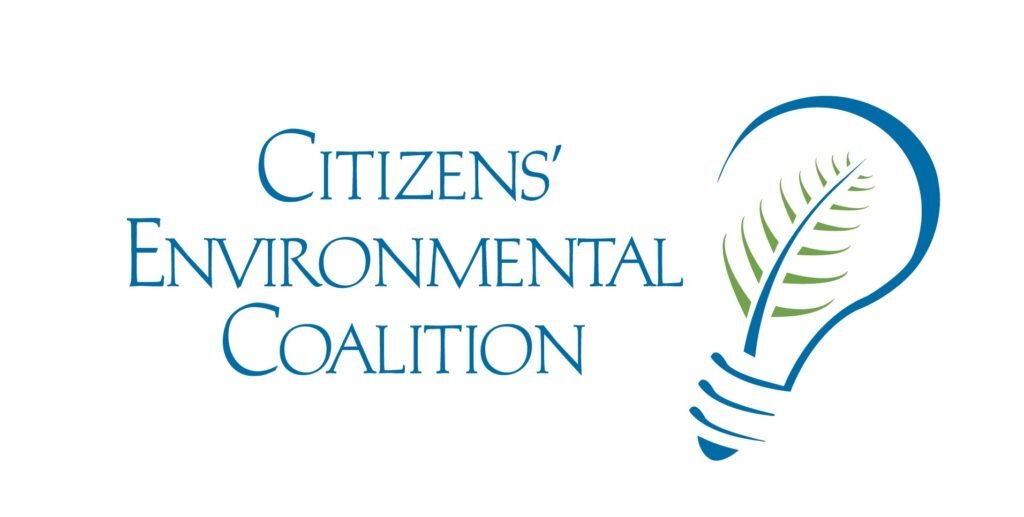Energy
Below are resources about energy consumption & production.
Overview
Fast Facts
Texas produces over 11% of the entire electricity that is produced in the United States.
Texas is the top U.S. producer of both crude oil and natural gas. In 2019, the state accounted for 41% of the nation's crude oil production and 25% of its marketed natural gas production.
Texas leads the nation in wind-powered generation and produced about 28% of all the U.S. wind-powered electricity in 2019.
Texas wind turbines have produced more electricity than both of the state's nuclear power plants since 2014.
Texas produces more electricity than any other state, generating almost twice as much as Florida, the second-highest electricity-producing state.
Texas is the largest energy-producing and energy-consuming state in the nation. The industrial sector, including its refineries and petrochemical plants, accounts for half of the energy consumed in the state.
Houston: the energy capital
A vacant landfill in the Sunnyside neighborhood of Houston is being transformed into the largest urban solar farm in the country, with 70 megawatt solar arrays.
There are over 4,600 energy-related firms in the area. Almost 100 of those are solar-related, 30 are wind-related and more than 60 are related to energy technology.
Houston refineries process 2.6 million barrels of crude oil. Port Houston is the “largest petrochemical manufacturing complex in the Americas. Energy production and the export of crude oil, along with the increasing global demand for chemicals produced in the region, are the major drivers in exports.”
Local Resources
Texas Energy Consumption Estimates & Profile - Good source of Texas data
CenterPoint Energy - Our local electricity and natural gas distributor
Green Building Resource Center - See a demonstration vegetated roof that is irrigated with A/C condensate. Browse the over 50 displays to familiarize yourself with green building technology and materials. Great for field trips. Located at the Houston Permitting Center, 1002 Washington, near Downtown. Contact: 832.394.9050, Steve Stelzer.
Visit the Ocean Star Offshore Drilling Rig Museum and Education Center.
Teachers, attend a Playing with Petroleum Workshop or Knowledge Box GT Workshop with the Oilfield Energy Center. Learn activities from the PE3: Expanding Energy Education guide as well as gain access to their traveling trunks full of supplies to borrow. There is a small fee to cover lunch and supplies, and participants receive six hours of GT credit. Contact Doris Tomas for more information.
Activities/Lessons
All grade levels
SWITCH Energy Alliance - features a great (free) film about energy across the developing world. The Switch Classroom has plenty of resources for teachers and students about energy.
Take Care of Texas - resources for schools, educators and students to reduce energy consumption
Complete an Energy Audit with resources from the National Wildlife Federation.
Watt Watchers of Texas created classroom activities focused on energy consumption that includes actionable ways to teach students about saving energy at home and school. Visit the Watt-Watchers of Texas activities page, which you can search by theme or grade level. Available in Spanish and TEKS provided.
Elementary School
Engage students in a Student Energy Patrol Program from Watt-Watchers of Texas. Program includes resource pages for students and teachers. User-friendly, TEKS provided and available in Spanish.
Middle School
Test your energy knowledge with the quiz from Take Care of Texas. And try their Energy Savings Calculator.
NOVA’s Energy Lab for Grades 6 - 12 or NOVA’s Sun Lab for Grades 6 - 12: students actively participate in the scientific process and take part in real-world investigations by visualizing, analyzing, and playing with the same data that scientists use. Lab includes videos & interactives that translate well to digital learning. Available in Spanish, TEKS provided when you make an account.
Solar energy is intense, especially in Houston. Take a look at H3AT. Houston’s Heat Action Team measured the urban heat island effect in 2020. Try this lesson for 3 - 8th grade Science & Social Studies about measuring heat islands, comparing regional data, and finding small solutions throughout the community.
High School
Driving tips, gas mileage and fuel efficiency information for our future drivers from Take Care of Texas.
NOVA’s Energy Lab for Grades 6 - 12 or NOVA’s Sun Lab for Grades 6 - 12; students actively participate in the scientific process and take part in real-world investigations by visualizing, analyzing, and playing with the same data that scientists use. Lab includes videos & interactives that translate well to digital learning. Available in Spanish, TEKS provided when you make an account.
The Biodiesel Lab is an activity designed to introduce students to the chemistry of pH and acid/base titrations. Biodiesel is a sustainable renewable energy source made from vegetable oil. Students will be guided to explore pH indicators and determine the percent composition of substances like vinegar all with materials they can find at home (great for distance learning). Chemistry TEKS 2, 8, 10.
Is rooftop solar a good fit for your home or school? Use the Texas Solar Calculator to figure it out.
Videos
Banner Image Courtesy from Port of Houston/LinkedIn


